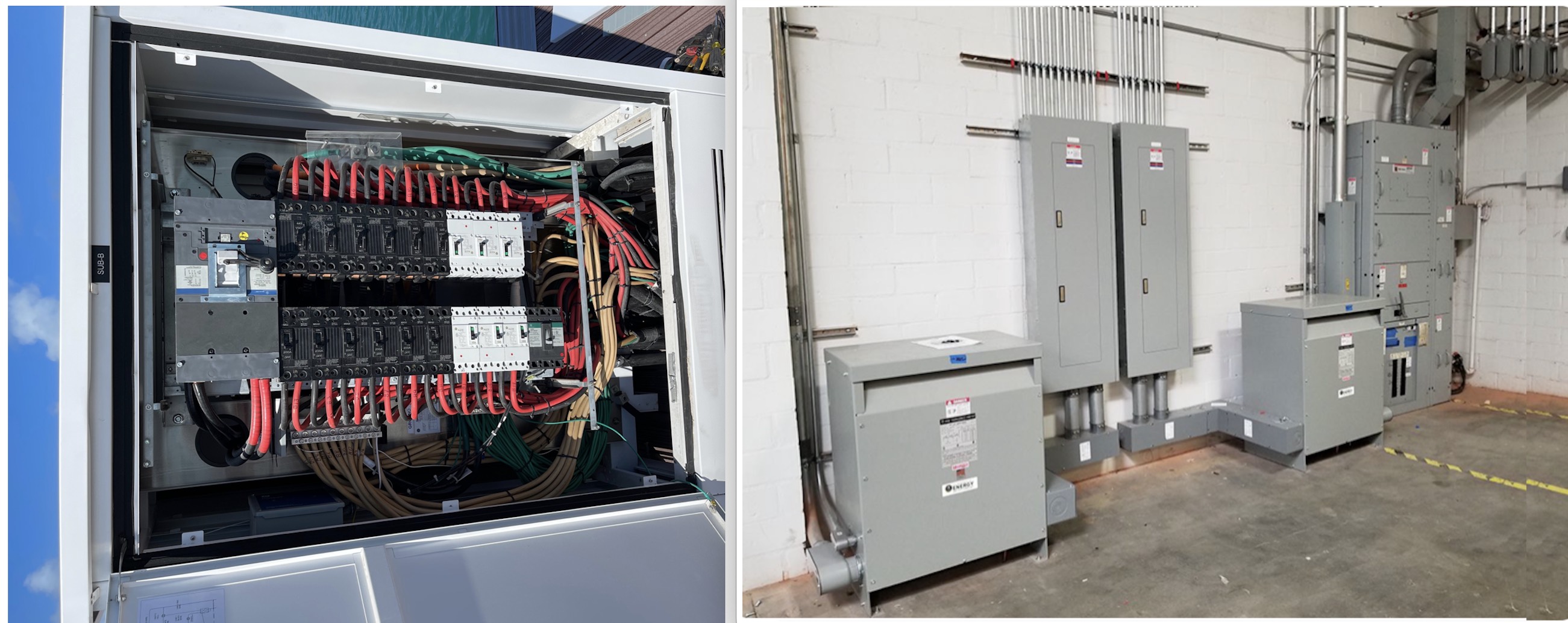DISTRIBUTION PANELS
Electrical distribution panels, also known as power distribution panels, are an essential component of any electrical system. These panels are responsible for receiving electrical power from the main source, such as a utility company or generator, and distributing it to the various electrical loads throughout the facility.
Electrical distribution panels are typically located in a central location, such as a maintenance building or electrical room, and may be divided into multiple sections or subpanels for different areas. Each panel contains a series of circuit breakers or fuses that control the flow of electrical power to individual electrical loads, such as lighting, and other electrical equipment.
The use of electrical distribution panels is important because it allows for efficient distribution of power, while also providing a high degree of safety and reliability. By segmenting the electrical system into multiple circuits, electrical distribution panels can help prevent power overloads and ensure that electrical power is distributed evenly to all areas.
When designing an electrical distribution system, it is important to choose high-quality electrical distribution panels that are rated for the use and that meet relevant safety standards. Panels should be designed with adequate capacity to handle the expected electrical loads, and they should be installed and grounded properly to minimize the risk of electrical hazards.
Regular maintenance and inspections of electrical distribution panels are also important to ensure that they are operating safely and efficiently. This may include periodic testing of circuit breakers, visual inspections of wiring and connections, and cleaning and lubrication of moving parts.
At Marina Electric Inc., we offer a variety of electrical products and services, including electrical distribution panels. Our team can help you design, install, and maintain a safe and reliable electrical system for you, including distribution panels that meet your specific needs and requirements.

